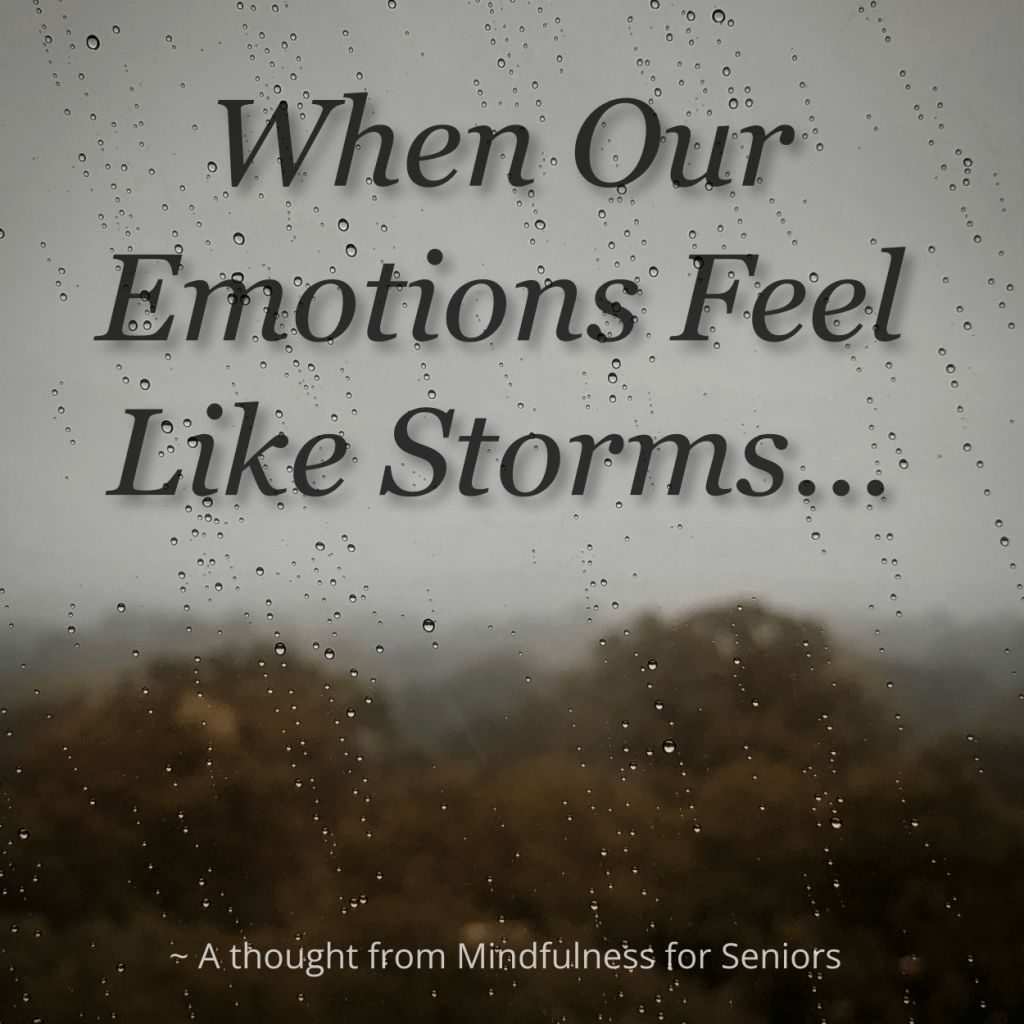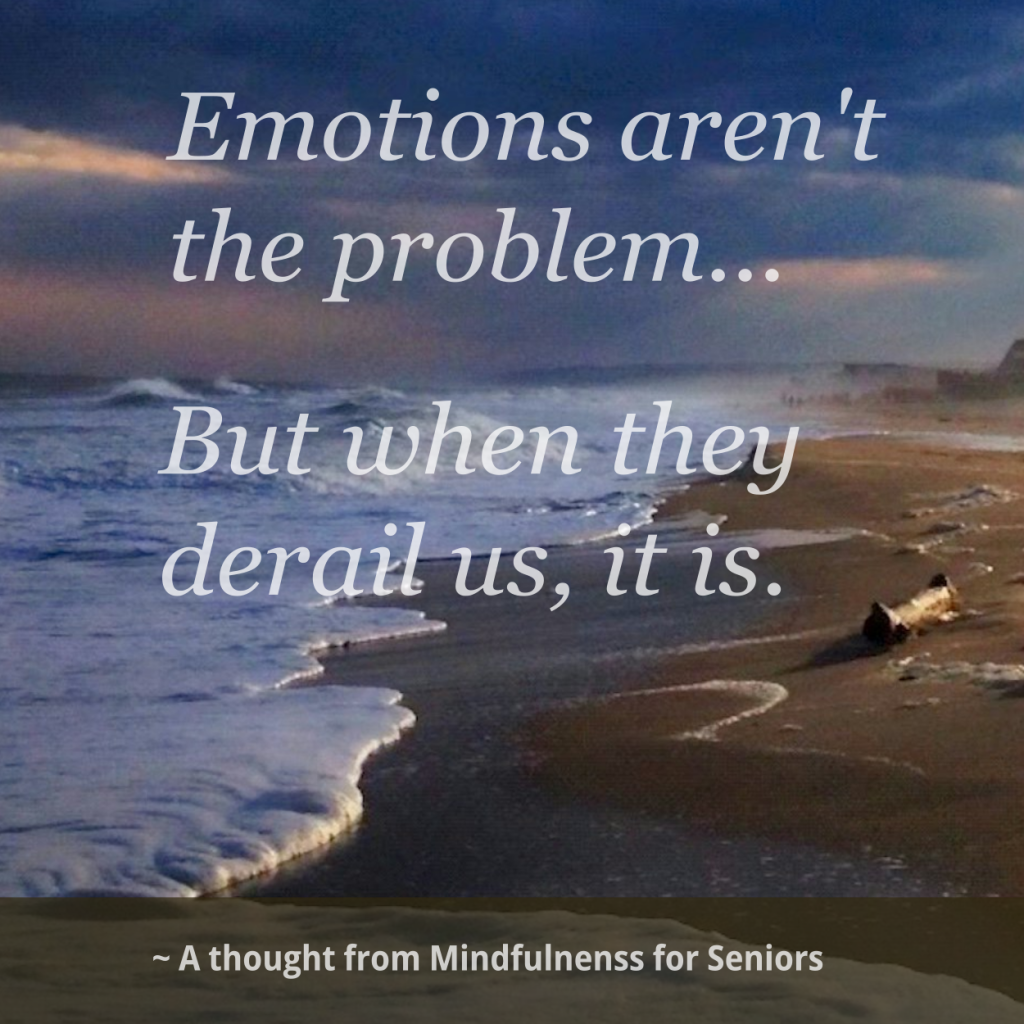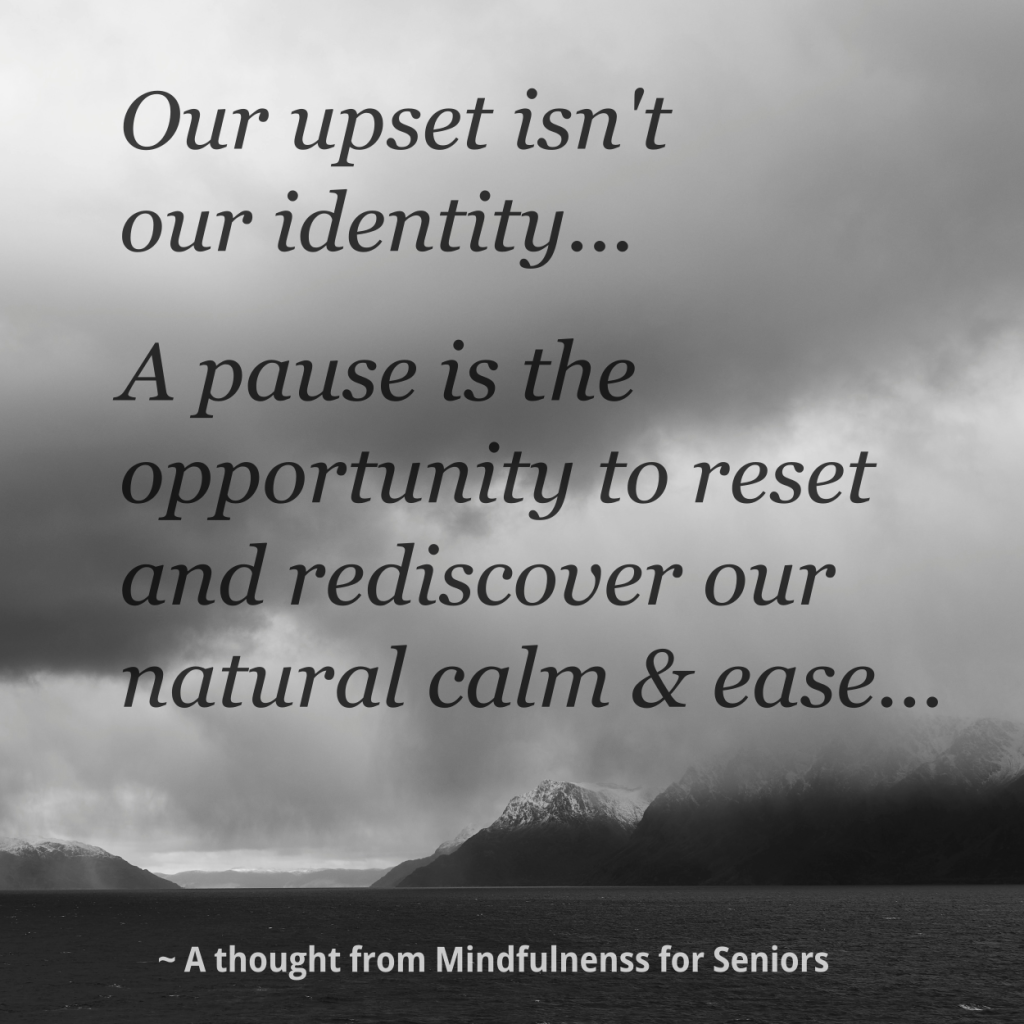Navigating Our Inner Weather of Dopamine Storms…
Joyously alive or chasing the next rainbow?
Our curious inner forecast
Have you noticed how our feelings are a lot like the weather?
One moment, life feels bright — warm sun on the skin, energy flowing, creativity sparking. Then, almost without warning, the winds pick up. Clouds gather. Suddenly we’re caught in a squall of stress, craving, or that peculiar restlessness that sends us raiding the fridge or doom-scrolling on our phones.
And here’s the trick our minds play: we think, “This storm is me. This mood is who I am.”
But what if it isn’t? What if the weather is only… well, weather? Fleeting. Temporary. More spectacle than eternal truth — or a mask we sometimes need to wear. And what if — just as the sky stays vast no matter how dark the clouds — we, too, remain steady, open, and unchanged at our core?

A scientific perspective (with a wink)
Those who study brains for a living would say much of this “inner weather” is linked to a busy little chemical messenger called dopamine. From that lens:
- 🌩️ Storms are dopamine surges — urgency, craving, irritation.
- 🌞 Sunshine is steady dopamine flow — contentment, peace, joy.
- 🌈 Rainbows show up when balance allows creativity and flow.
Science is one way of explaining the dopamine dance. Others might speak of moods, energies, even spirits — or simply the “challenges” life has tossed our way. But whichever story we prefer, we’ve all stood in the middle of an inner thunderstorm — or basked in a golden afternoon of calm — and known how real it feels.
Not confusing the sky with the weather
Still, it’s easy to forget: the storm is not the sky.
The rainbow is not the sky.
Even the perfect, sunny day is not the sky.
They’re passing visitors. They shape our experience but don’t define our essence. The sky — vast, open, traceless — holds them all.
Enjoy a related excerpt from a longer recent podcast we are working on:
“Do Your Feelings Ever Feel Like Storms?”
A map for our inner forecast
🌦️ A Simple Dopamine Weather Map
| Weather Picture | Stormy Weather (Dopamine Spikes) | Sunny Weather (Steady Dopamine Flow) | Rainbow Weather (Flow & Creativity) |
| The Sky | Clouds gather, lightning cracks, heavy rain pours. | Bright skies, steady sun, a calm breeze. | Sunlight and rain mix to paint colors across the sky. |
| What It Feels Like | Urgent, restless, “I need it now.” Hard to stop. Energy feels wild or pushy. | Calm, steady, “This feels right.” Comfortable in the moment. No rush, no pull. | Energized yet relaxed. “I’m in the zone.” Excited focus, time flows easily. |
| How the Brain Acts | A big burst of dopamine: chasing, craving, stuck on repeat. | Gentle stream of dopamine: balanced, steady, satisfied. | Mix of steady flow + spark: playful, creative, curious. |
| Everyday Examples | – Scrolling and can’t stop 📱 – Too much sugar or caffeine 🍭☕ – Anger that explodes 😡 | – Reading something you enjoy 📖 – A walk in nature 🌳 – Quiet moments with loved ones 🤗 | – Writing, drawing, building 🎨 – Playing music 🎶 – Losing track of time in a project you love 🛠️ |
| What Happens After | Drained, moody, wanting even more to feel okay. | Refreshed, grounded, ready to rest or move on. | Inspired, proud, energized by what you created or discovered. |
| Your Superpower | Notice: “A storm is here — what helps me pause?” | Enjoy: “The sun feels good — I can stay here.” | Join in: “The rainbow is here — let’s make something!” |
And don’t worry, there’s no test… And it’s not a label. It’s simply a reminder: moods move on. Storms pass. Rainbows fade. Sunshine returns… And our calm sky beyond the weather is always available to us.
Seeking shelter, protecting our joy
When weather turns rough, we often fight the rain or get swept away by it. But another option is to find shelter.
- Shelter might be a pause, a single breath.
- Shelter might be a quiet corner, or a kind friend.
- Shelter might be remembering: This storm, too, will pass.
And when the sun does come back, we can soak it in. When a rainbow arcs overhead, we can let it dazzle us before it slips away.
An invitation (from one sky-gazer to another)
Remember, your mindfulness journey is yours alone to shape. It’s a path of gentleness, curiosity, and self-compassion. Even a single mindful breath can be enough to transform your perception and open you to a calmer, more joyful way of experiencing life. So, take a breath, be kind to yourself, and enjoy the ride!
What if, the next time our inner weather shifts, we don’t leap to control it or condemn it, but simply notice?
🌩️ Ah, a storm has blown in.
🌞 Ah, here’s the sun again.
🌈 Ah, a rainbow — brief, but beautiful.
In noticing, we remember: We are the sky.
So maybe today, we can check the forecast within — not to predict, but to wonder. What’s the weather like in there right now? And what happens if we give ourselves permission to just watch it roll through?
Want to learn more? Sign up for our free inspirational bi-weekly newsletter or download our 100% free “A Taste of Mindfulness for Seniors” PDF (no email required).
Disclaimer: The information provided in this article is for educational purposes only and is not intended as a substitute for professional medical or mental health advice, diagnosis, or treatment. The author is not a licensed medical or mental health professional. Please consult with your physician or a qualified healthcare provider with any questions you may have regarding a medical condition.





